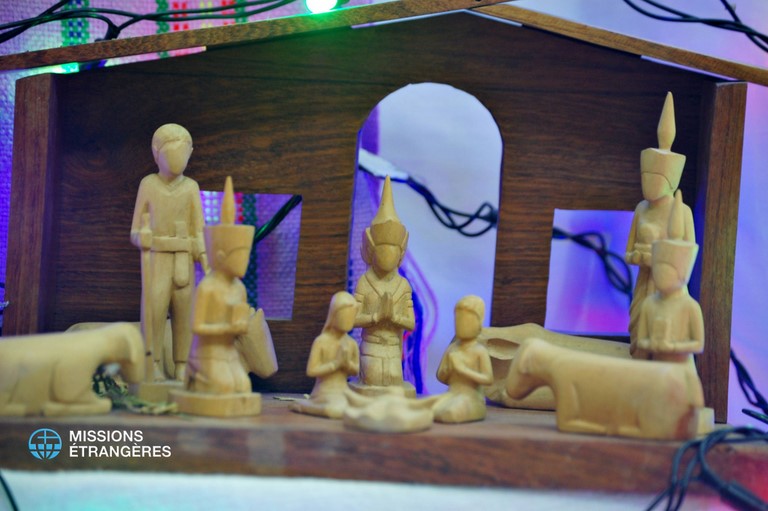THE SEASON OF ADVENT . O Come, O Come, Emmanuel!”
A TRANSFORMATIONAL JOURNEY.

In the Christian calendar, the season of Advent typically marks a period of preparation before the celebration of the birth of Jesus Christ. It's a time for reflection, change of mindset, and practice of acts of kindness. The same ideas about kindness and generosity are echoed in Tobias 4:7 and emphasizes the significance of helping people in need.
This verse serves as a reminder of the true spirit of Advent when read in the context of the season. We are reminded to show mercy and turn our faces to the underprivileged, just as we joyfully anticipate the return of Christ each Advent. By doing this, we imitate the kindness and love that Jesus' teachings and life embody.
The idea is that preparing for the advent of Christ this season becomes a transformational journey of the heart rather than just a formal observance. It is made even stronger by the connection between Advent and Tobias 4:7. It calls on believers to imitate the qualities of compassion, understanding, and kindness in order to reflect the love that God has shown humanity by giving His Son. We are invited to be a reflection of the all those beautiful lights that so abundant in this season of preparation for Christmas. We do it when we turn our faces toward those who are less fortunate, when we work for more inclusion, compassion, and kindness toward everyone.
Now is the perfect time to practice virtue and use our influence to make the world a better place. It entails physically bringing the underprivileged into our prayers, deeds, and thoughts. This requires a mental adjustment that can start with simple acts of kindness and go deeper. We are called to acknowledge that people who are in need are not strangers, but rather our brothers and sisters who share the same intrinsic worth as all of us. Those can be effective first steps to change the world, one step at a time.
THE PROPHETS CALL.


Joel's predictions shook the disobedient people like a tempest, instilling fear in their hearts. He did, however, stress the importance of repentance as well as the assurance of God's kindness and restoration beneath the resounding warnings. He urged the people to put their sins behind them and seize the chance to be saved.
Afterwards, they heard Jonah, the one swallowed up by the enormous aquatic animal and expelled upon the shores of Nineveh. His tale, which serves as an example of God's unending kindness, touched the hearts of many people for generations, including those who had doubts about this amazing narrative. It served as an example of the transformational power of repentance and served as a reminder to the faithful of God's capacity to pardon even the most rebellious of people.
The faithful gathered in eagerness as Advent came to a climax. It was now time for the prophecies to come true and for the little child who would save humanity to be born. The predictions had come together, their voices blending along to create a mosaic of restoration, care, and hope.

These prophetic readings of Advent are used in the Catholic Church to remind people of the path leading to salvation. They exhort the faithful to turn from their sins, ask for pardon, and accept the redemption and hope that comes from the first and will be fulfilled at the final coming of the Messiah. Believers still hear these old voices speaking to them, guiding and inspiring them as they wait for God's plan for humanity to finally come to completion.